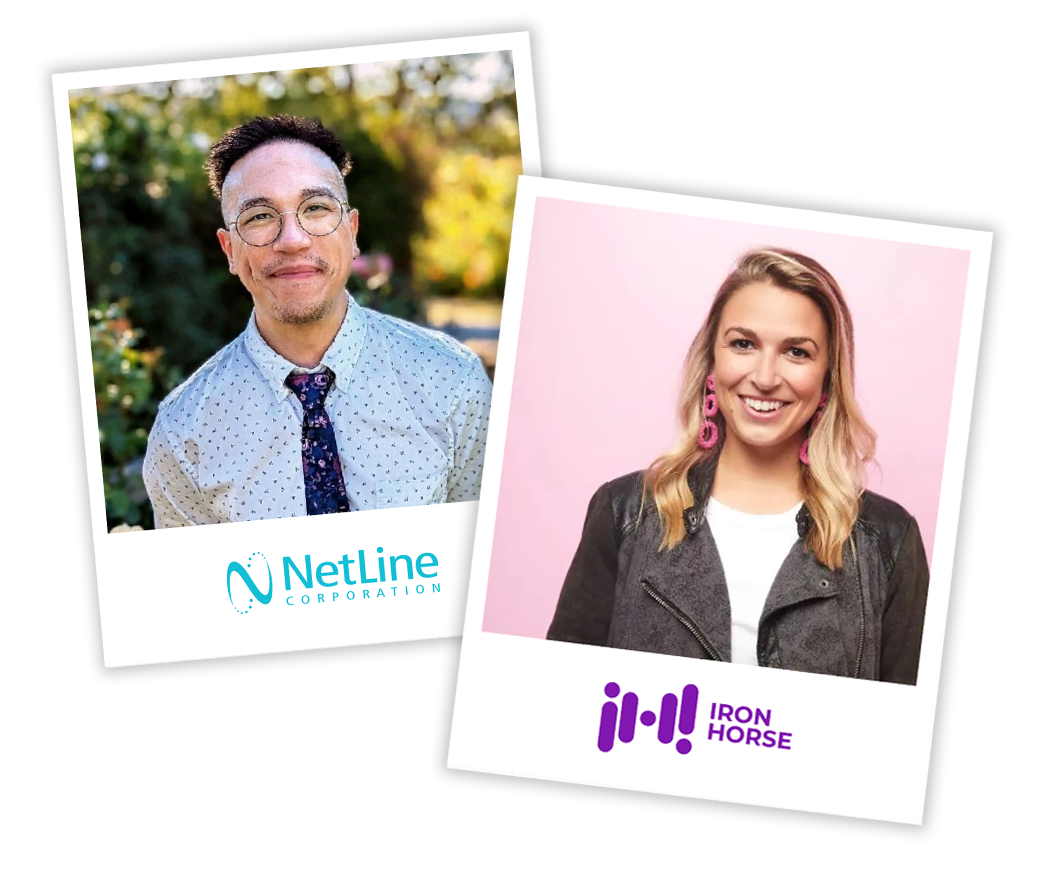Webinar
-1.png)
Maximizing Revenue: Unifying Marketing and Sales for Success.
Learn how high-growth marketing and sales teams target accounts, leverage buying group opportunities, and use data-driven insights for better sales effectiveness.

.jpeg)


.jpg)